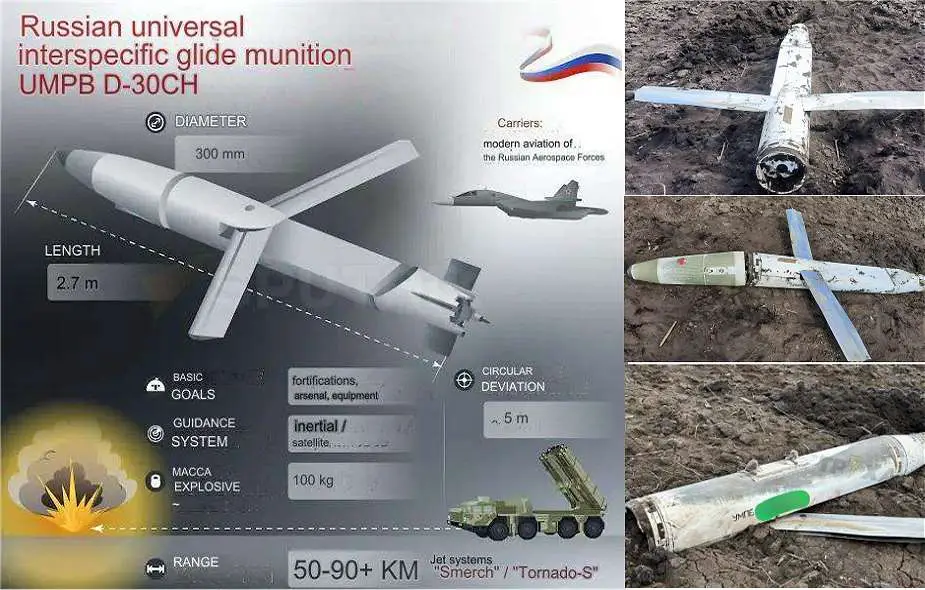On June 6, Boeing delivered two new F-15EX Eagle II fighter jets to the United States Air Force (USAF), designated as EX7 and EX8. These aircraft are set to join the 142nd Airlift Wing, which is part of the Oregon Air National Guard’s Redhawks. With this delivery, the USAF now has six F-15EX aircraft. The Air Force plans to acquire a total of 104 fighters from Boeing, up from the initially planned 80, to replace the aging F-15C/D Eagle fleet and support the F-22 Raptor and F-35A Lightning II fleets.
The modernization of the F-15EX has encountered significant delays due to manufacturing and quality issues identified in the fuselage and cabin assembly since June 2023. The Government Accountability Office has reported that these problems could delay the F-15EX program by up to six months, affecting the US's ability to deploy airpower overseas. For example, the retirement of F-15C/D Eagles left 48 positions vacant at the US Air Force base in Okinawa, disrupting strategic plans. In response, the USAF relocated some F-22 Raptors from Joint Base Pearl Harbor-Hickam in Hawaii and deployed F-16 aircraft. Additionally, two National Guard squadrons in Japan have increased their presence in the region.
The delivery delays also impact foreign customers like Israel, which has requested expedited delivery due to its ongoing conflict with Hamas. Earlier this year, Israel requested a new squadron of 25 F-15EX fighters, an additional squadron of F-35I fighters, and a squadron of AH-64E Apache helicopters to bolster its military capabilities.
The F-15EX Eagle II is an advanced variant of the F-15 fighter, designed to replace older F-15C/D models. It features enhanced avionics, increased payload capacity, and modernized systems for superior performance in contemporary combat scenarios. The aircraft measures approximately 63.8 feet in length, with a wingspan of 42.8 feet and a height of 18.5 feet. Its maximum takeoff weight is about 81,000 pounds, making it one of the most robust fighters in the USAF.
Powered by two Pratt & Whitney F100-PW-229 engines, each producing 29,000 pounds of thrust with afterburners, the F-15EX can exceed speeds of Mach 2.5 and offers exceptional maneuverability. It includes an advanced fly-by-wire control system, a digital cockpit with large-area displays, and an open mission systems architecture for rapid integration of new technologies.
The avionics suite features the Raytheon AN/APG-82[V]1 AESA radar for superior detection and tracking, and the Joint Helmet Mounted Cueing System (JHMCS) for enhanced situational awareness and targeting. The aircraft is equipped with the Eagle Passive/Active Warning and Survivability System (EPAWSS) for electronic warfare, and the Advanced Display Core Processor II (ADCP II) for high-speed data processing and mission management.
In terms of armament, the F-15EX can carry a wide range of weapons, including air-to-air missiles like the AIM-120 AMRAAM and AIM-9X Sidewinder, as well as air-to-ground munitions such as JDAM and Small Diameter Bomb (SDB). It also has an internal M61A1 Vulcan 20 mm cannon for close-in combat.
The operational range of the F-15EX is about 1,200 nautical miles without refueling, which can be extended significantly through aerial refueling, allowing it to perform long-range missions and maintain a persistent presence in contested areas.






:quality(70)/cloudfront-us-east-1.images.arcpublishing.com/archetype/XCLRWH4U4FCY3HH7SOWE3QHOLE.jpg)
:quality(70)/cloudfront-us-east-1.images.arcpublishing.com/archetype/4AXYYLXLANFNPAKHQNLNSEUUDI.jpg)
:quality(70)/cloudfront-us-east-1.images.arcpublishing.com/archetype/A2GDMUHFCBE5PMKWFOGOGM3NEI.JPG)